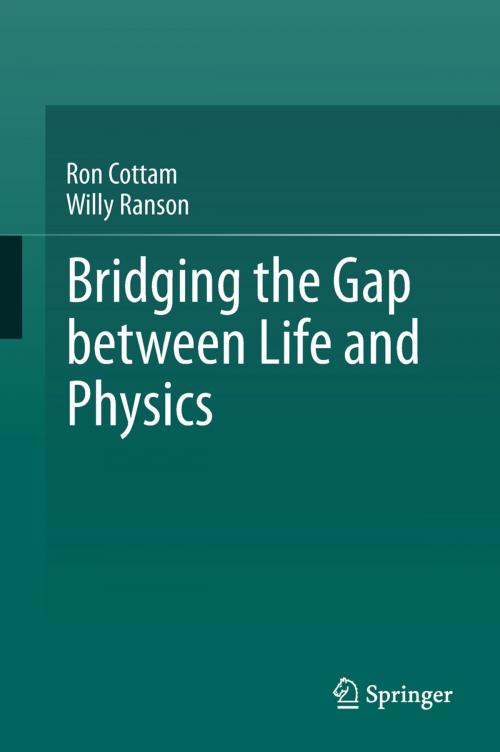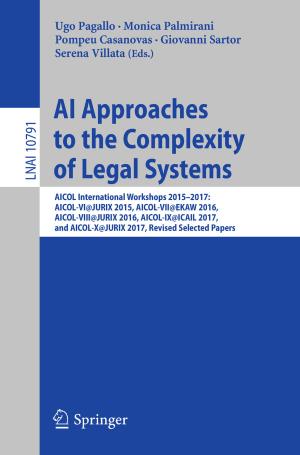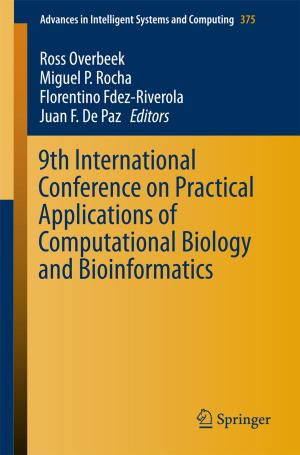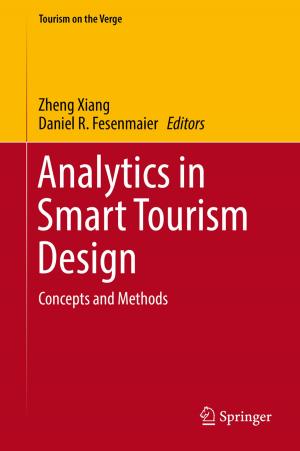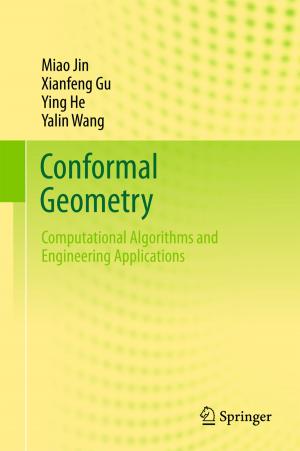Bridging the Gap between Life and Physics
Nonfiction, Religion & Spirituality, Philosophy, Epistemology, Science & Nature, Science, Biological Sciences, Ecology| Author: | Ron Cottam, Willy Ranson | ISBN: | 9783319745336 |
| Publisher: | Springer International Publishing | Publication: | March 19, 2018 |
| Imprint: | Springer | Language: | English |
| Author: | Ron Cottam, Willy Ranson |
| ISBN: | 9783319745336 |
| Publisher: | Springer International Publishing |
| Publication: | March 19, 2018 |
| Imprint: | Springer |
| Language: | English |
This is the only book which deals with the correlatory comparison between hierarchical living systems and inorganic physical ones. The culmination of the book is the proposition of research to discover and understand the natural underlying level of organization which produces the descriptive commonality of life and physics. Traditional science eliminates life from its purview by its rejection of interrelationships as a primary content of systems. The conventional procedure of science is that of reductionism, whereby complex systems are dismantled to characterize lower level components, but virtually no attention is given to how to rebuild those systems—the underlying assumption is that analysis and synthesis are symmetrical. This book fulfills two main coupled functions. Firstly, it details hierarchy as the major formulation of natural complex systems and investigates the fundamental character of natural hierarchy as a widely transferable ‘container’ of structure and/or function – and this in the case of the new development of a representational or model hierarchy. Secondly, it couples this hierarchical description to that of the electronic properties of semiconductors, as a well-modeled canonical example of physical properties. The central thesis is that these two descriptions are comparable, if care is taken to treat logical and epistemological aspects with prudence: a large part of the book is composed of just this aspect of care for grounding consistency. As such great attention is given to correct assessment of argumentative features which are otherwise presumed ‘known’ but which are usually left uncertain. Development of the ideas is always based on a relationship between entity or phenomenon and their associated ecosystems, and this applies equally well to the consequent derivations of consciousness and information.
This is the only book which deals with the correlatory comparison between hierarchical living systems and inorganic physical ones. The culmination of the book is the proposition of research to discover and understand the natural underlying level of organization which produces the descriptive commonality of life and physics. Traditional science eliminates life from its purview by its rejection of interrelationships as a primary content of systems. The conventional procedure of science is that of reductionism, whereby complex systems are dismantled to characterize lower level components, but virtually no attention is given to how to rebuild those systems—the underlying assumption is that analysis and synthesis are symmetrical. This book fulfills two main coupled functions. Firstly, it details hierarchy as the major formulation of natural complex systems and investigates the fundamental character of natural hierarchy as a widely transferable ‘container’ of structure and/or function – and this in the case of the new development of a representational or model hierarchy. Secondly, it couples this hierarchical description to that of the electronic properties of semiconductors, as a well-modeled canonical example of physical properties. The central thesis is that these two descriptions are comparable, if care is taken to treat logical and epistemological aspects with prudence: a large part of the book is composed of just this aspect of care for grounding consistency. As such great attention is given to correct assessment of argumentative features which are otherwise presumed ‘known’ but which are usually left uncertain. Development of the ideas is always based on a relationship between entity or phenomenon and their associated ecosystems, and this applies equally well to the consequent derivations of consciousness and information.
